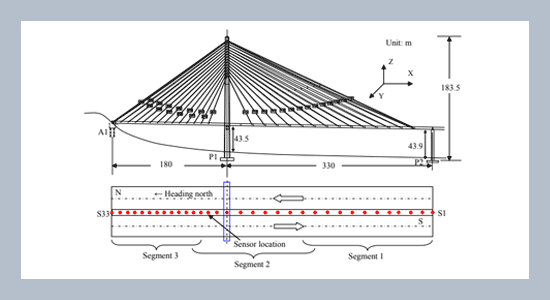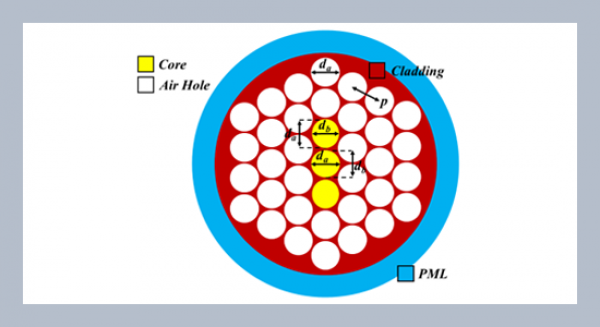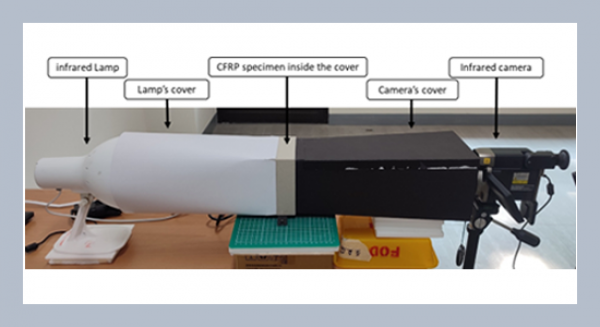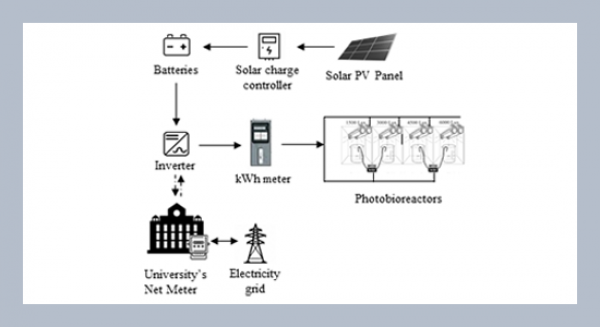Chern-Hwa Chena1 and Chia-I Oub a Department of Civil and Environmental Engineering, National University of Kaohsiung, Kaohsiung, Taiwan 81148.
b Department of Civil Engineering, National Chiao Tung University, Hsinchu, Taiwan 30010.
Download Citation:
|
Download PDF
This paper utilizes a continuous wavelet transform algorithm to identify the dynamic parameters of a cable-stayed bridge under normal traffic and environmental wind fields. The dynamic characteristics were determined by using an identification technique for the Kao Ping Hsi cable-stayed bridge. The modal parameters identified from the field vibration tests were compared with those used in the finite element analysis. The finite element model can then be refined by the experimental results. Next, a comparison between the identified results and the updating finite element results shows reasonable agreements for the first several modes in the two directions, namely, vertical, and transverse directions. Finally, the rational finite element model of Kao Ping Hsi cable-stayed bridge can be established. The finite element model obtained herein were used as the damage index for monitoring the long-term safety of the Kao Ping Hsi cable-stayed bridge under environmental loads in the future.ABSTRACT
Keywords:
cable-stayed bridge; field test; modal identification; wavelet transform.
Share this article with your colleagues
REFERENCES
ARTICLE INFORMATION
Accepted:
2009-05-08
Available Online:
2009-02-01
Chen, C.-H., Ou, C.-I. 2009. Modal identification from field test and FEM updating of a long span Cable-Stayed bridge. International Journal of Applied Science and Engineering, 6, 251–262. https://doi.org/10.6703/IJASE.2009.6(3).251
Cite this article:















